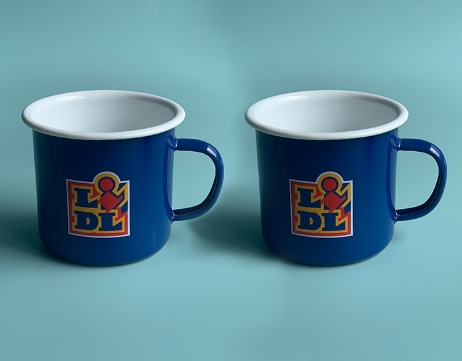Enamel Mugs Closer Look at Health Implications
Enamel mugs have surged in popularity, becoming a staple for coffee lovers and outdoor enthusiasts alike. Yet, the conversation surrounding their safety and practicality remains polarized, with both advantages and drawbacks fueling ongoing debates. While their durability, vintage charm, and non-porous nature often overshadow potential concerns, a nuanced examination reveals complexities worth exploring.
One of the most significant drawbacks lies in the material's inherent properties. The metallic base of enamel mugs—typically steel or iron—exhibits high thermal conductivity. This means that hot beverages can quickly heat the mug's surface, posing a risk of burns to fingers and lips. Conversely, once the drink cools, the mug loses heat rapidly, turning lukewarm within minutes. This extreme temperature sensitivity not only impacts user comfort but also raises questions about the potential leaching of substances from the enamel coating under thermal stress.
The enamel itself, a layer of glass fused to the metal, presents another set of challenges. Despite its hard exterior, enamel is prone to chipping, much like glass. When the surface chips or cracks, the underlying metal becomes exposed. This not only affects the mug’s aesthetic appeal but can also lead to rust formation, especially if the mug comes into contact with moisture. Moreover, concerns exist about the potential release of heavy metals from the underlying metal or harmful substances from damaged enamel into food or beverages, though scientific consensus on significant health risks remains inconclusive.
While enamel mugs offer undeniable practical and aesthetic benefits, it’s crucial to weigh these against potential drawbacks. Regular inspection for chips, avoiding extreme temperature fluctuations, and ensuring proper care can mitigate risks. As with any kitchenware, understanding both the perks and pitfalls of enamel mugs empowers consumers to make informed choices about their everyday use.







